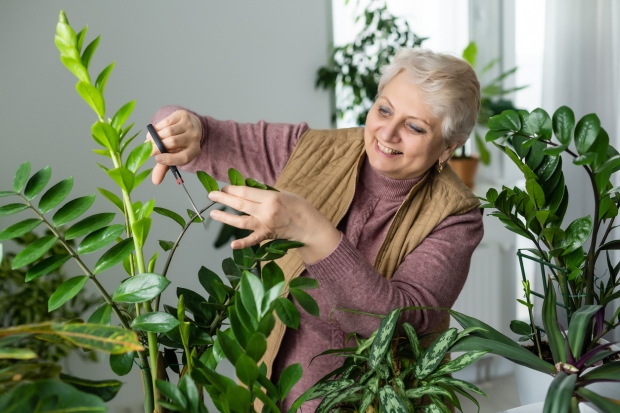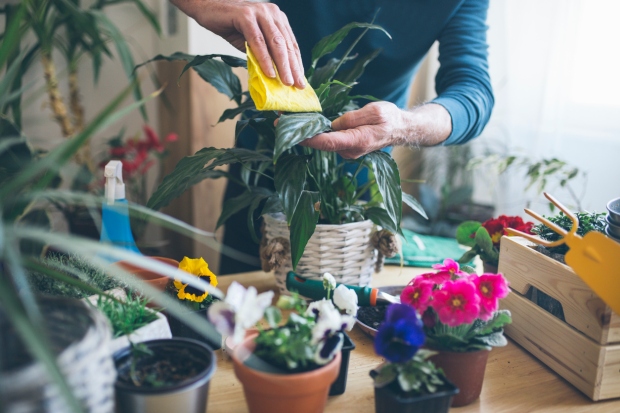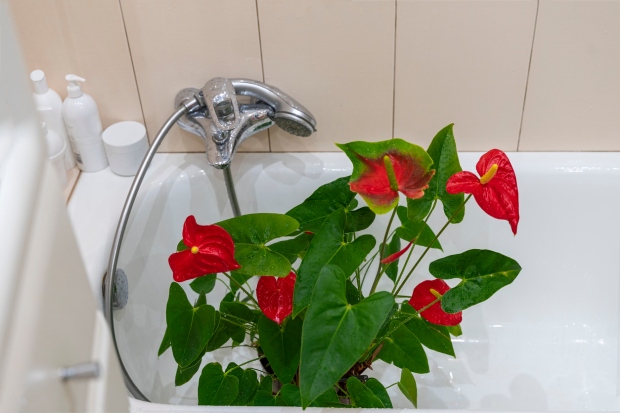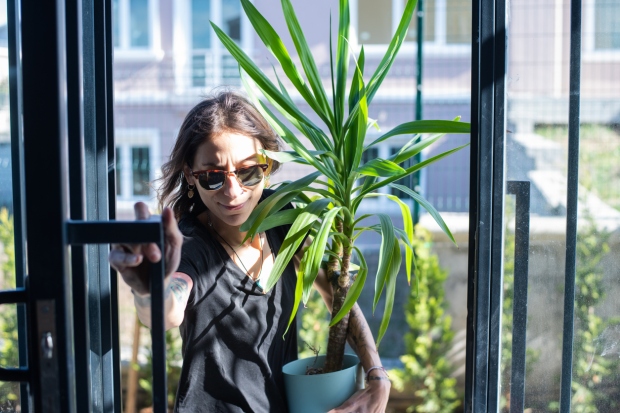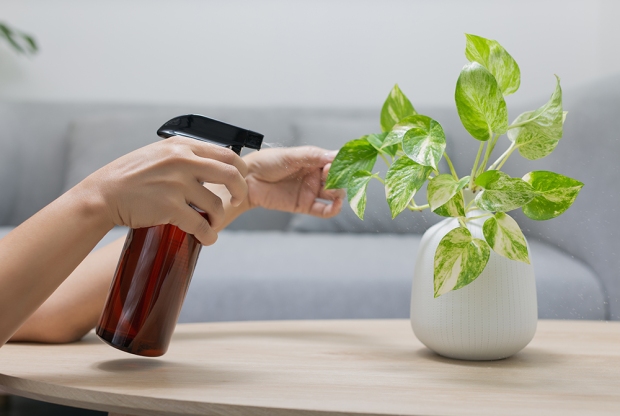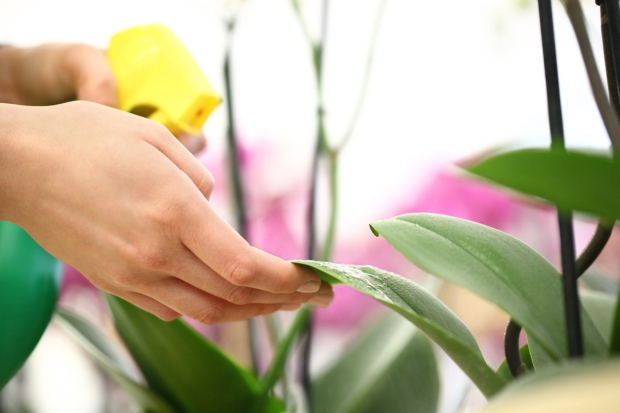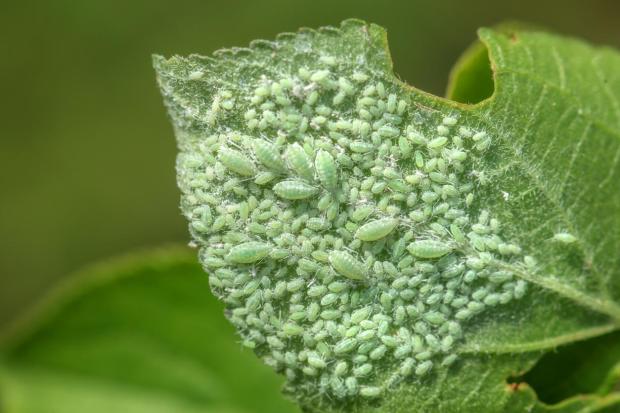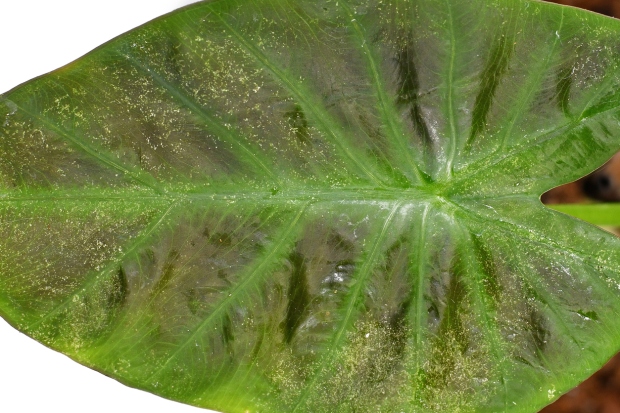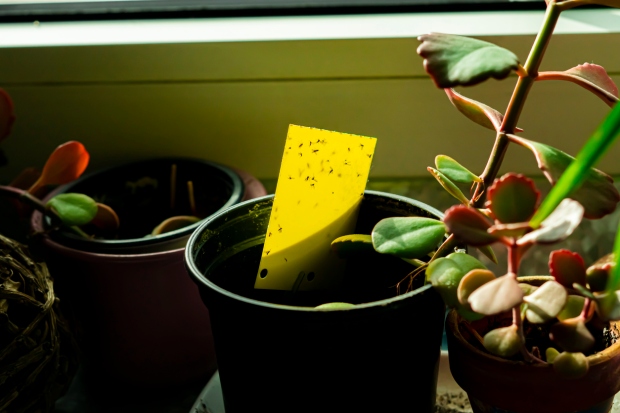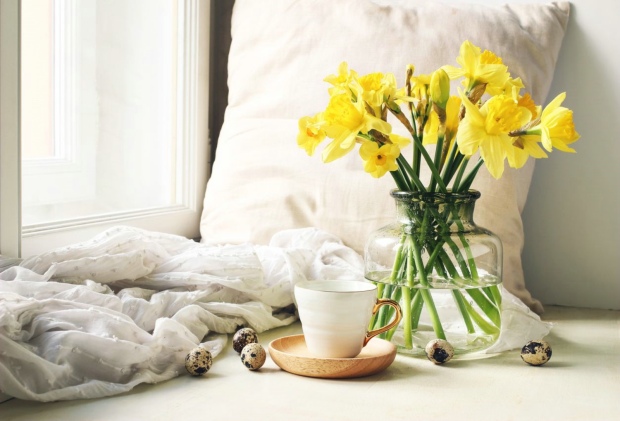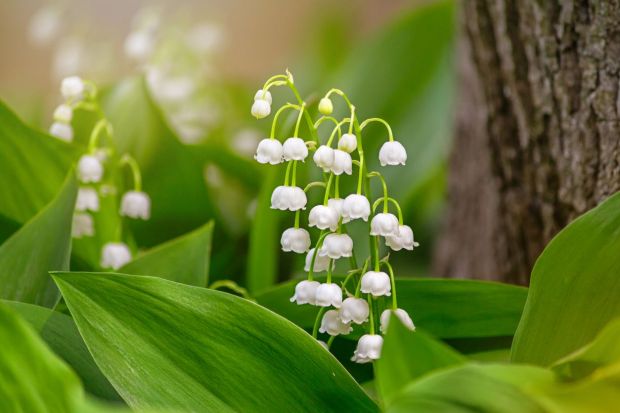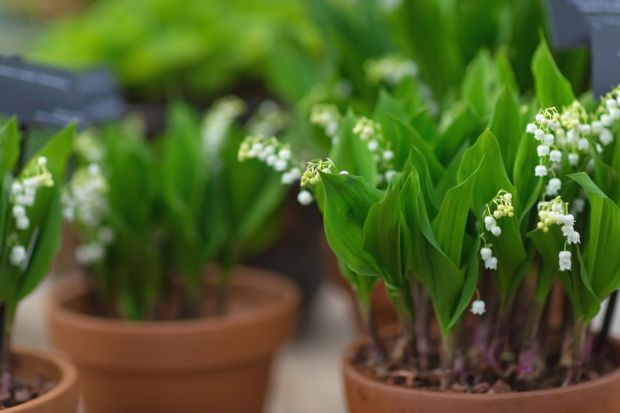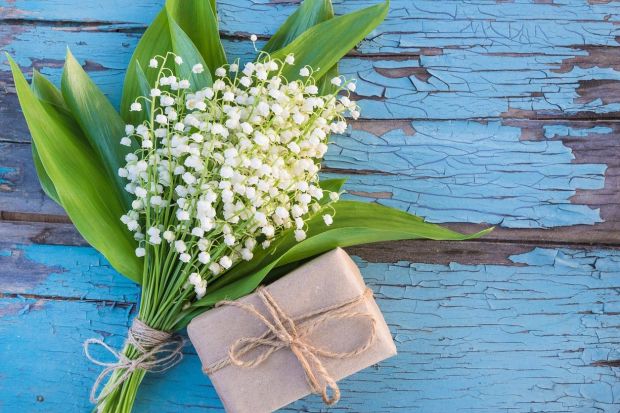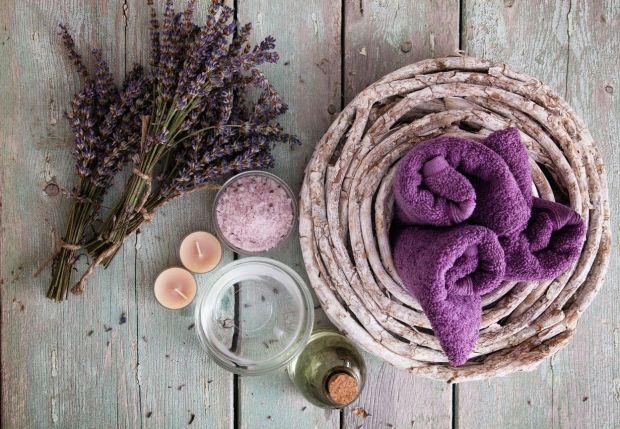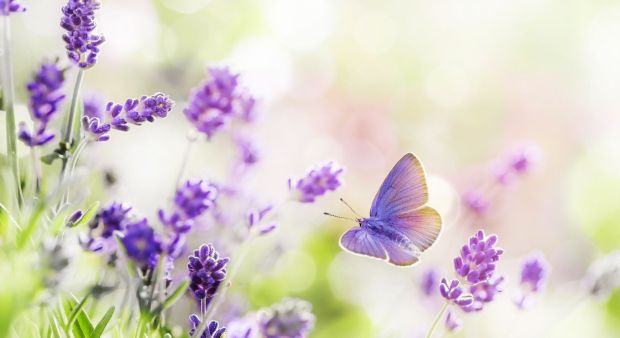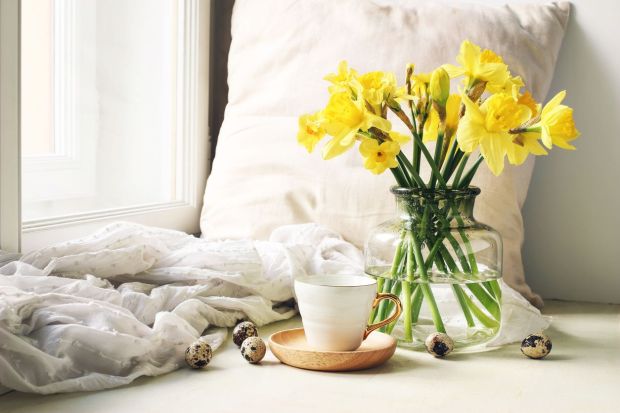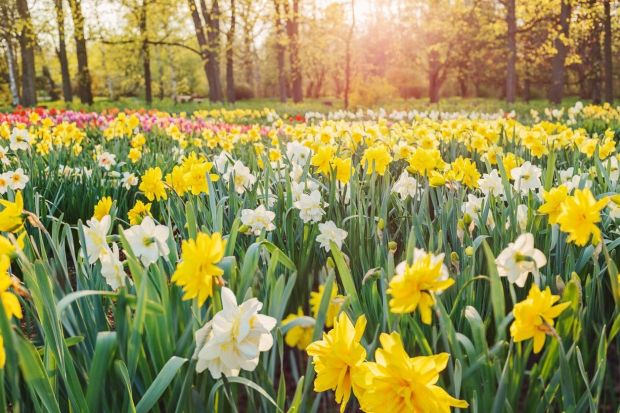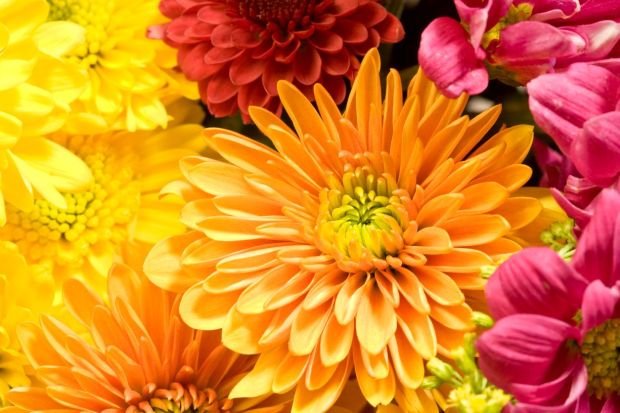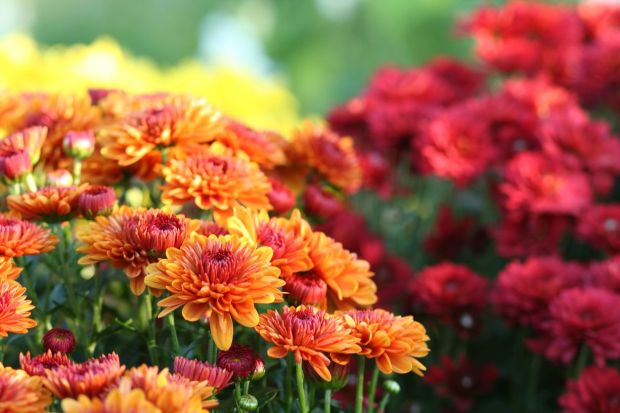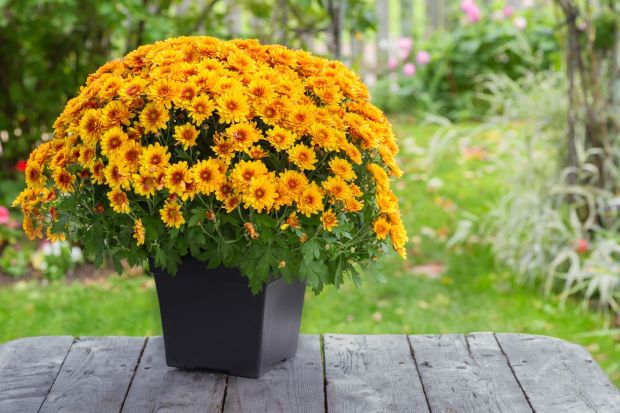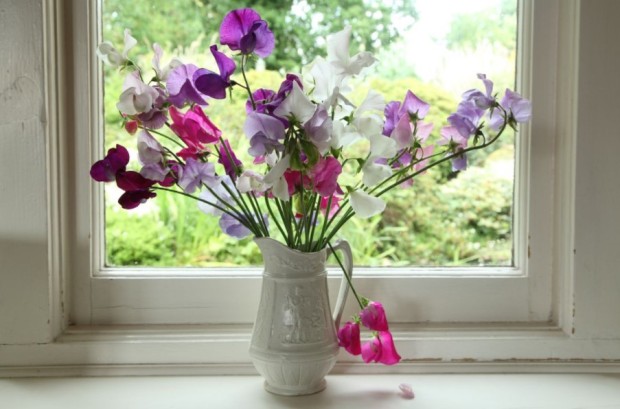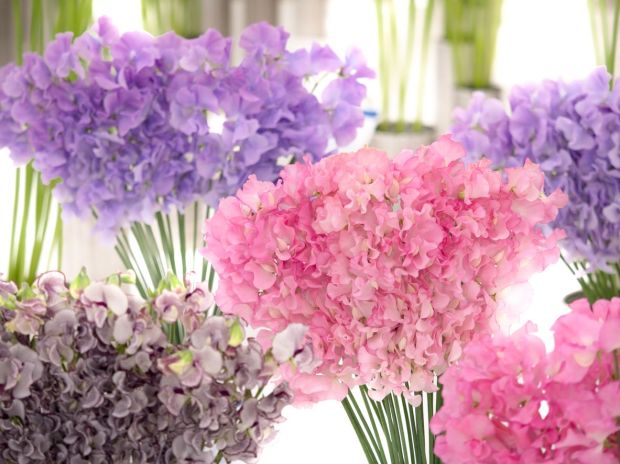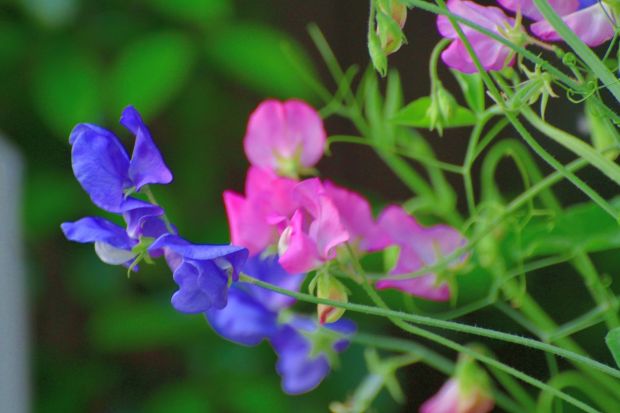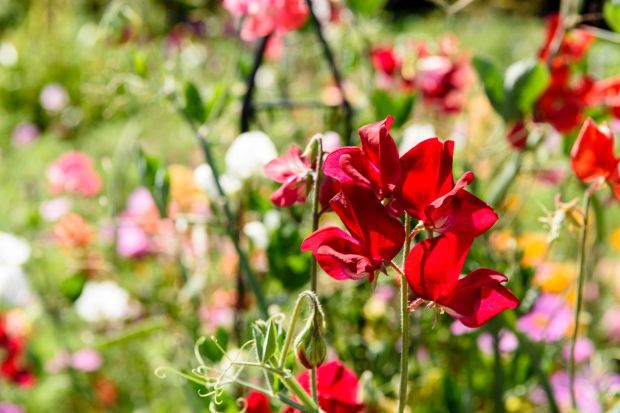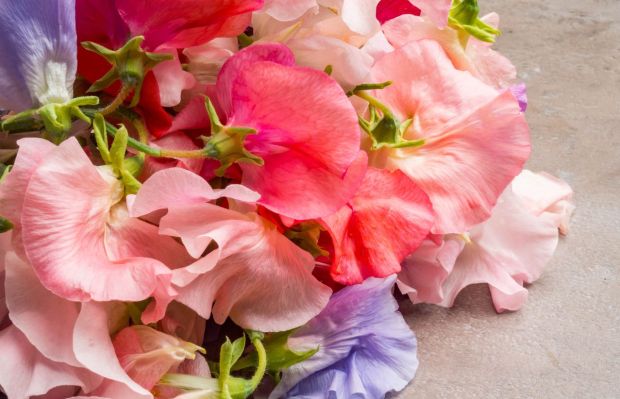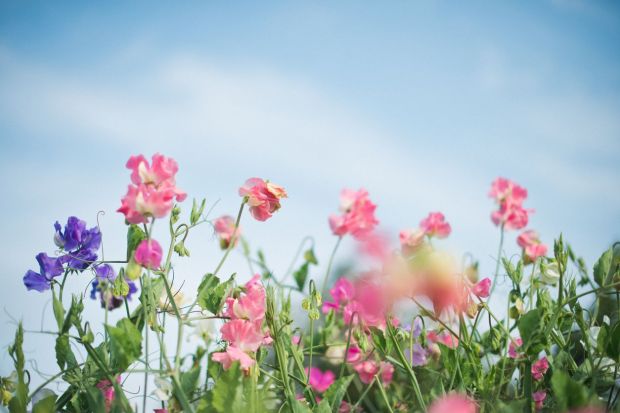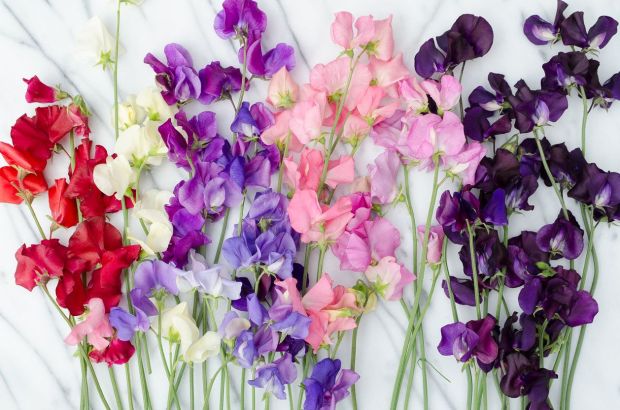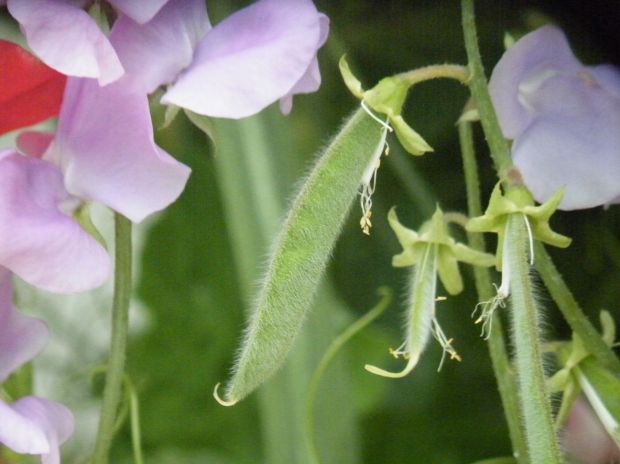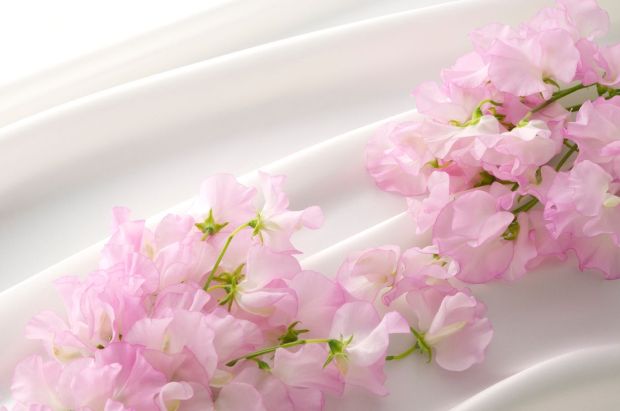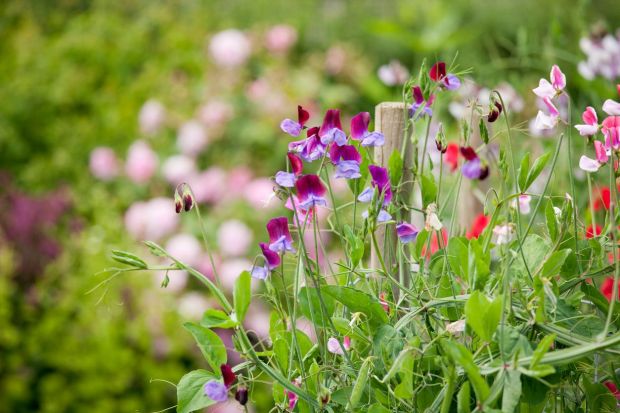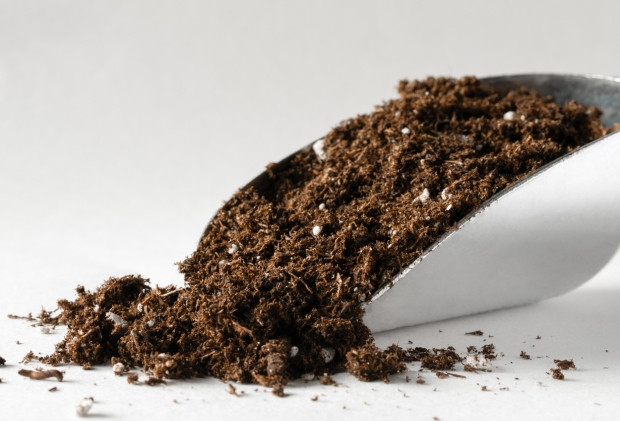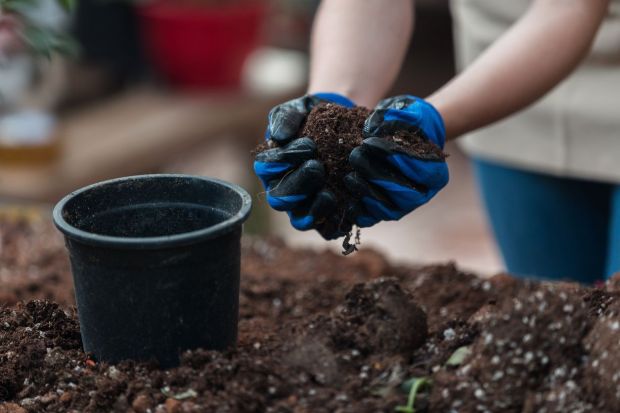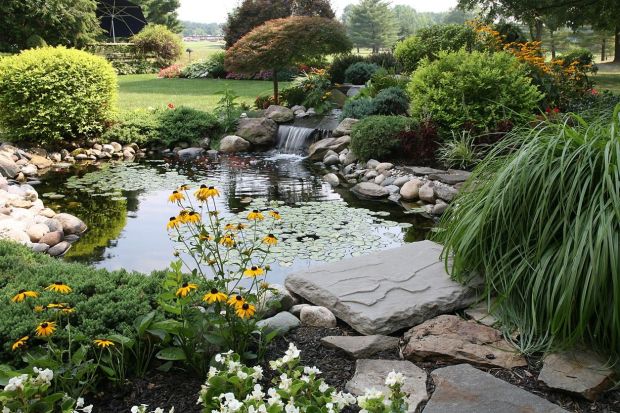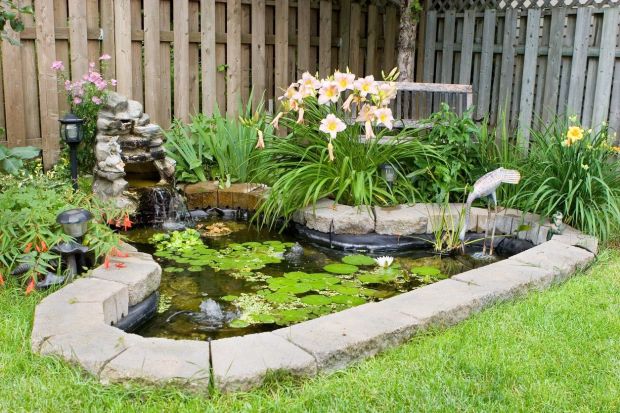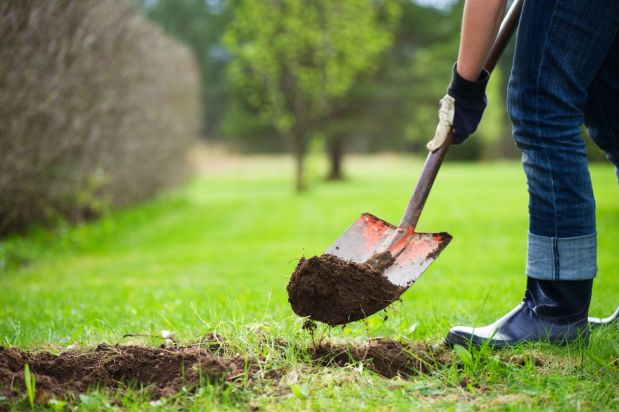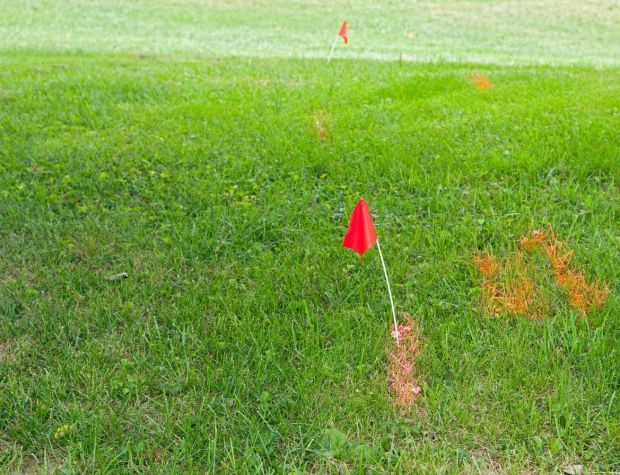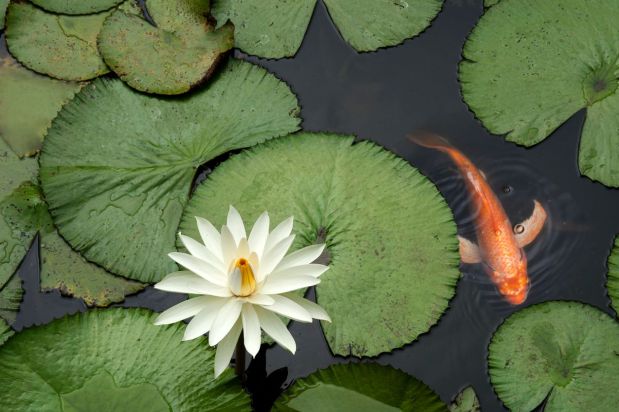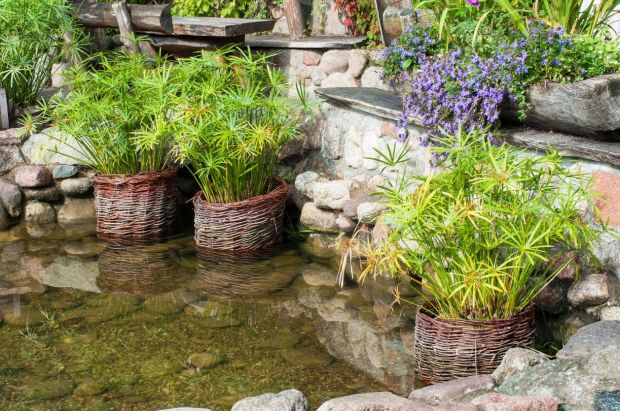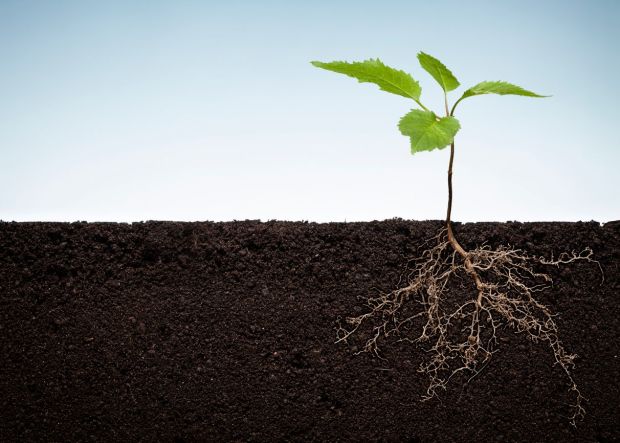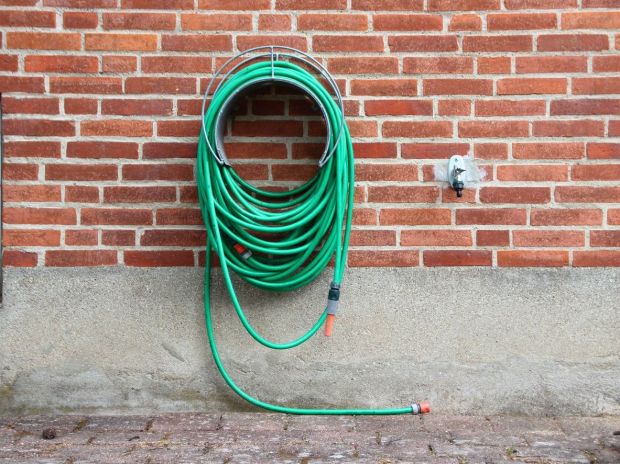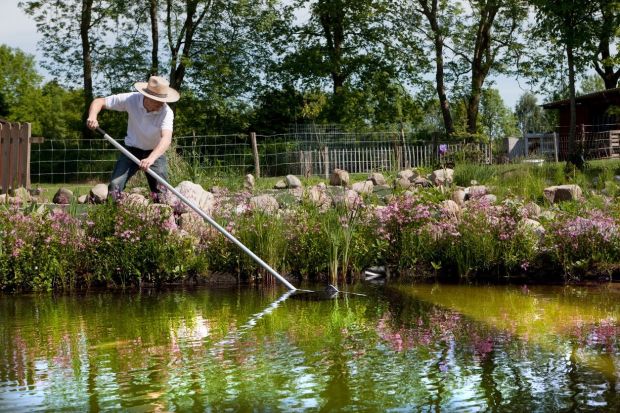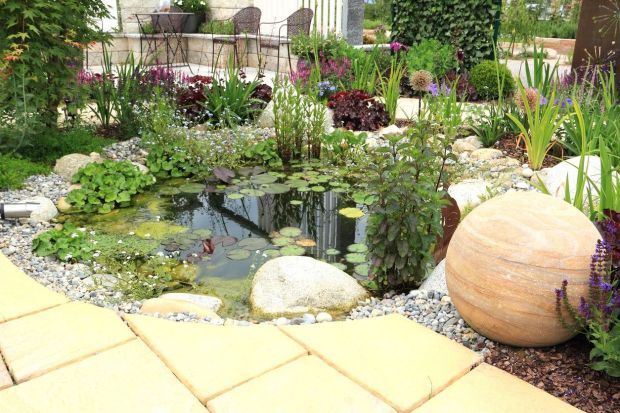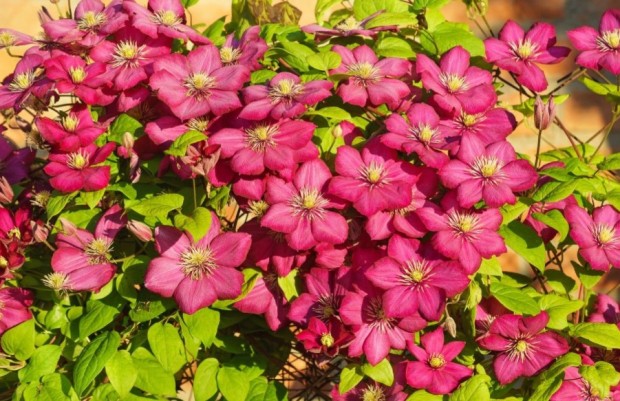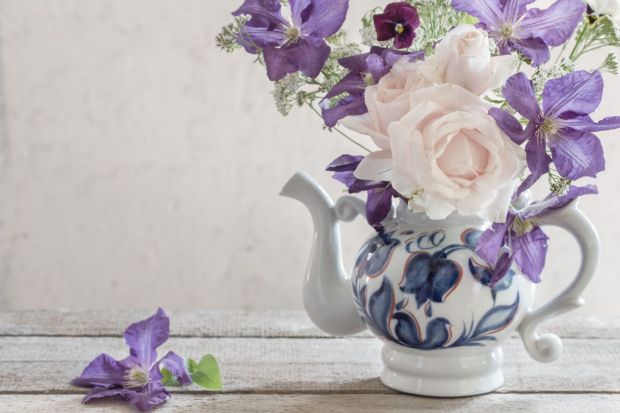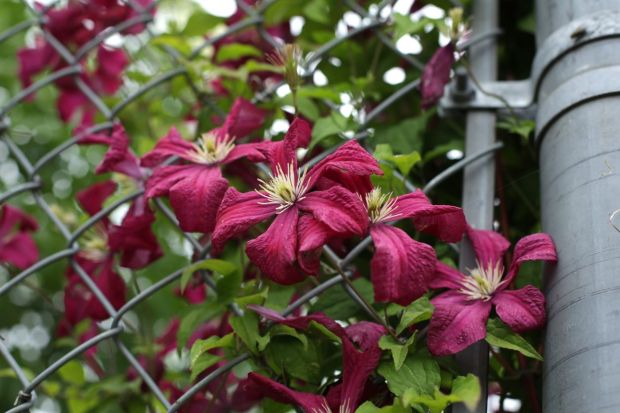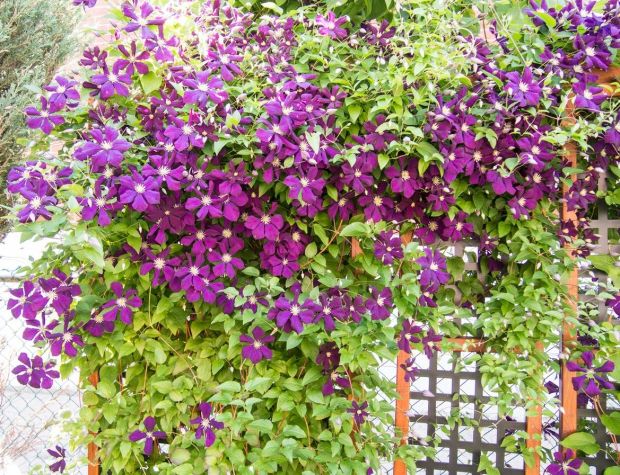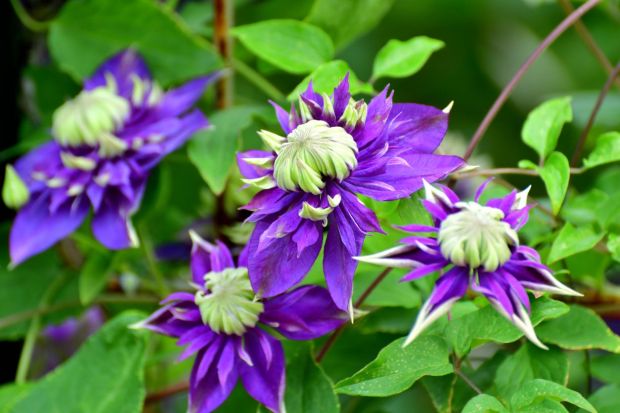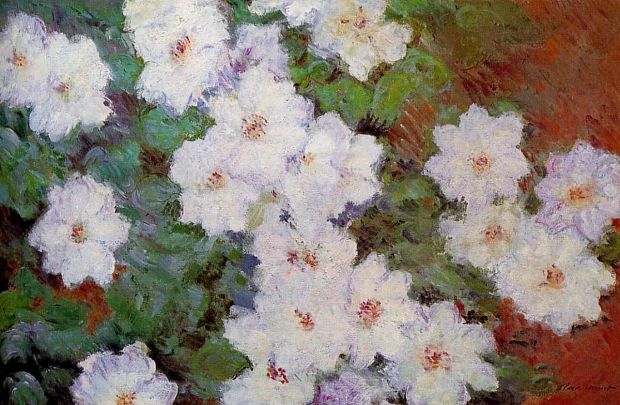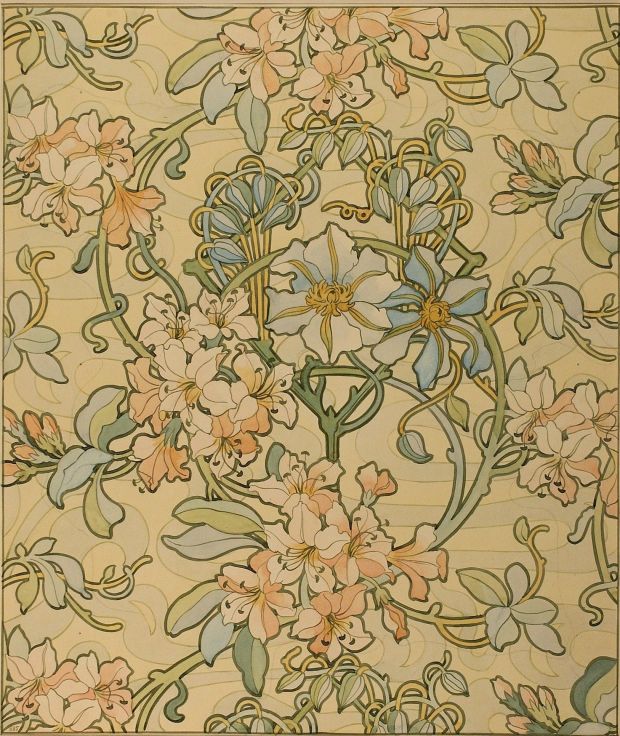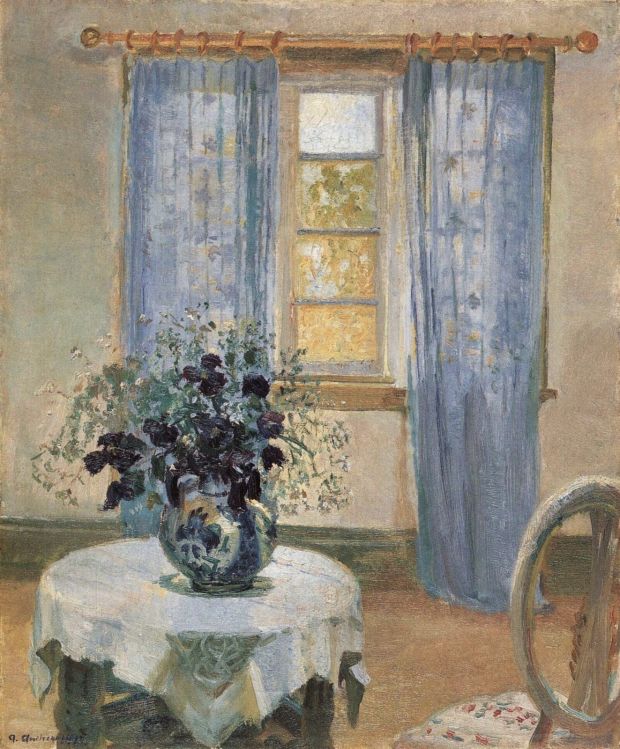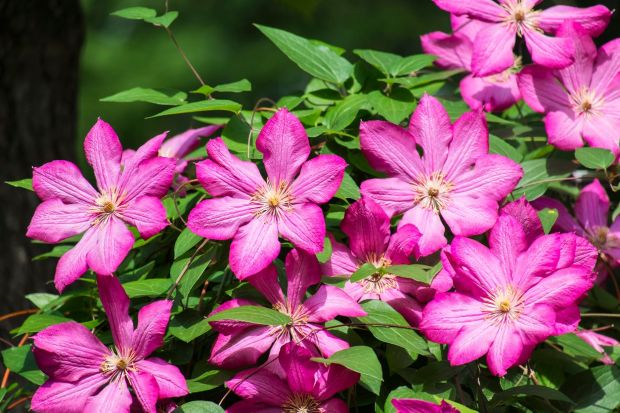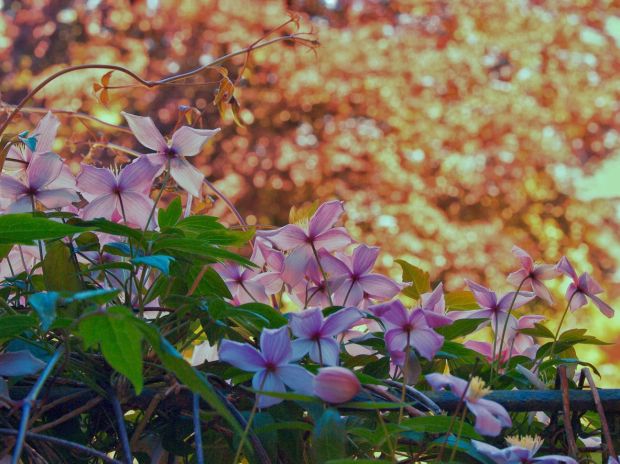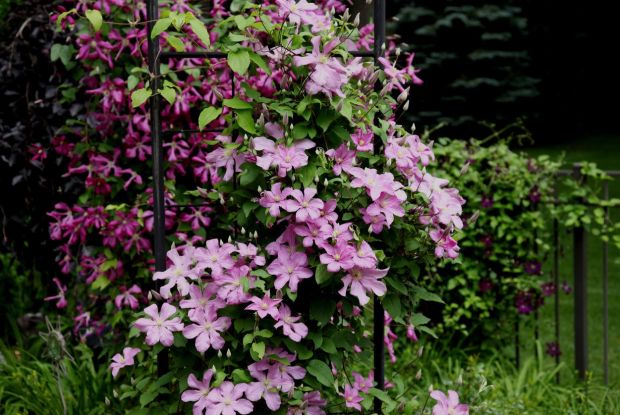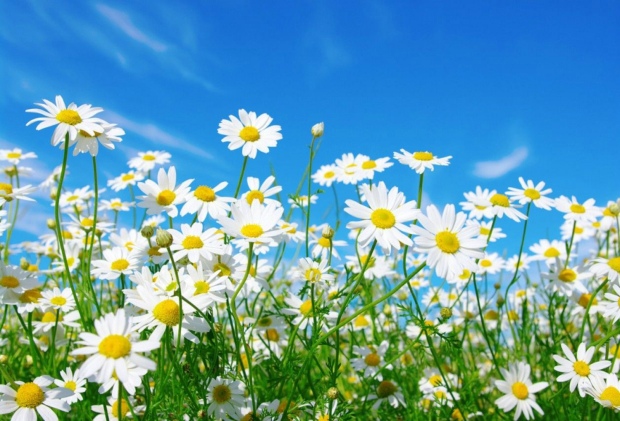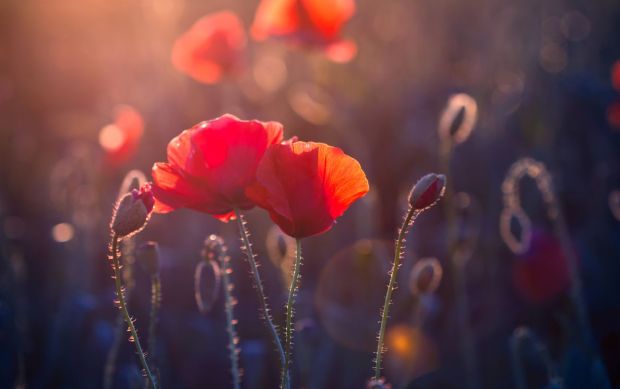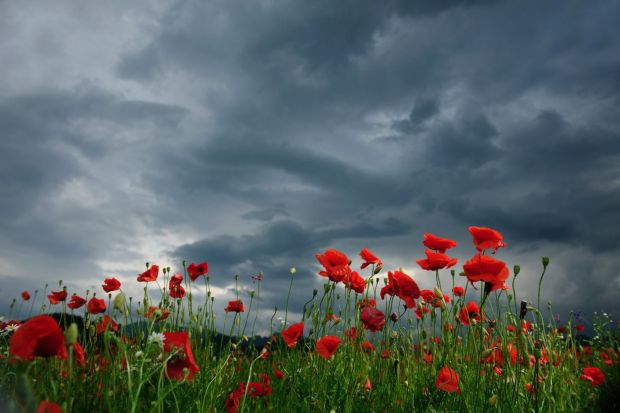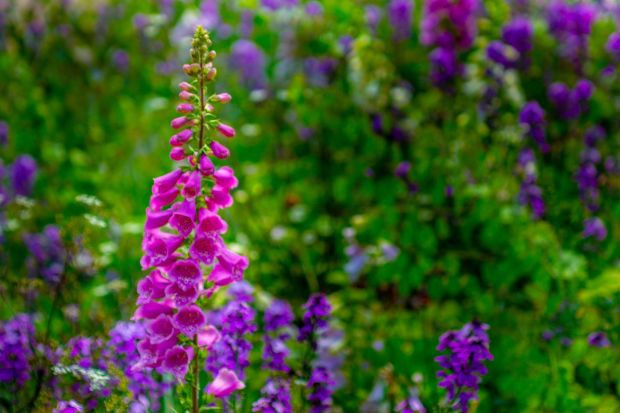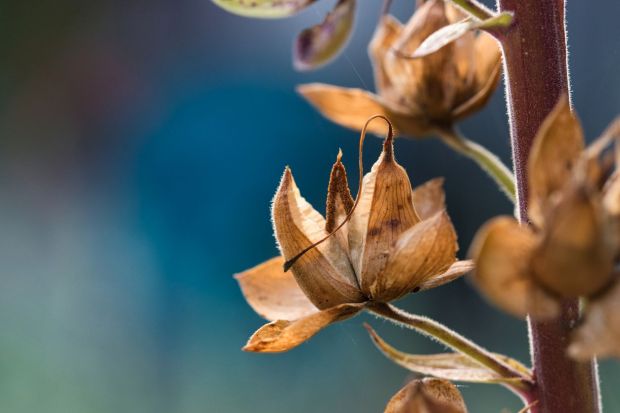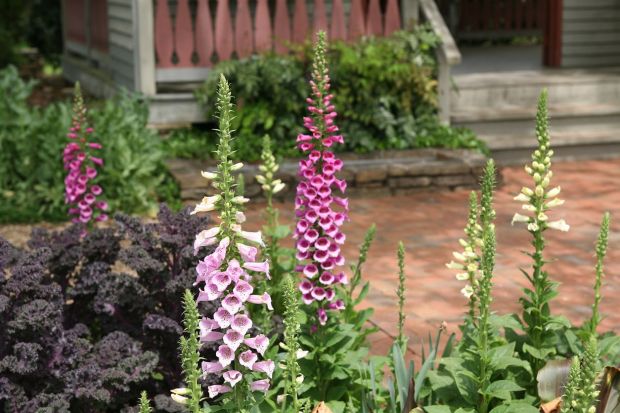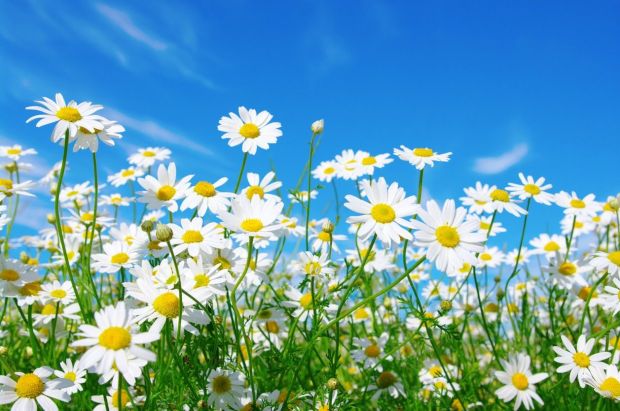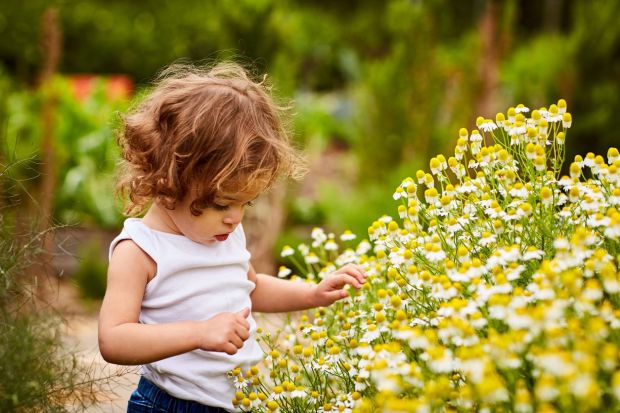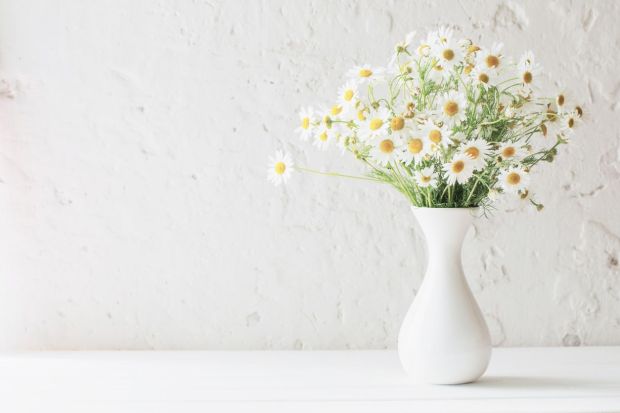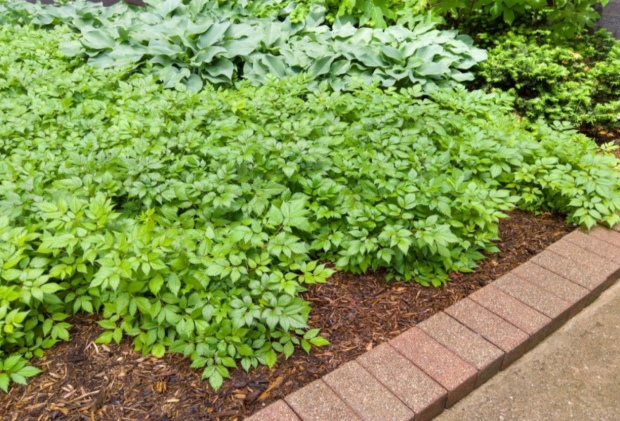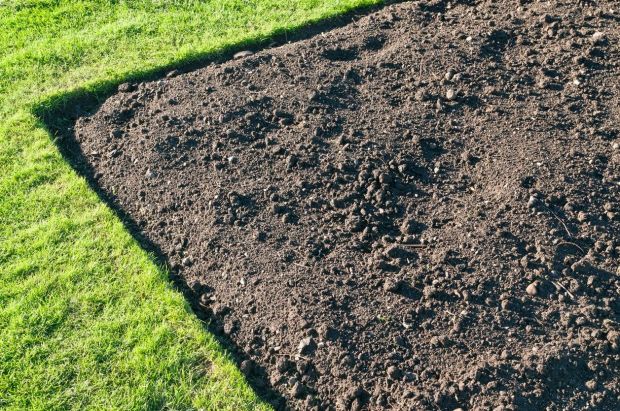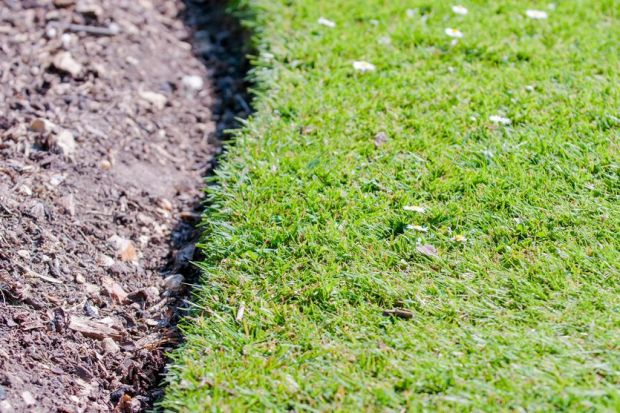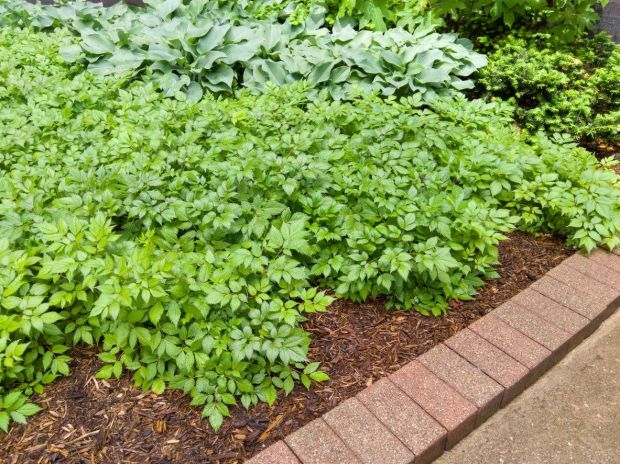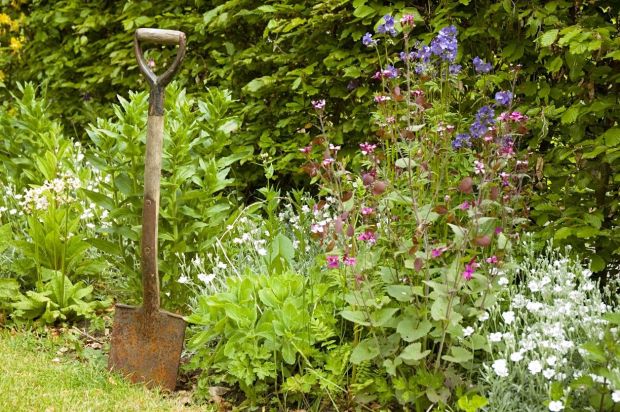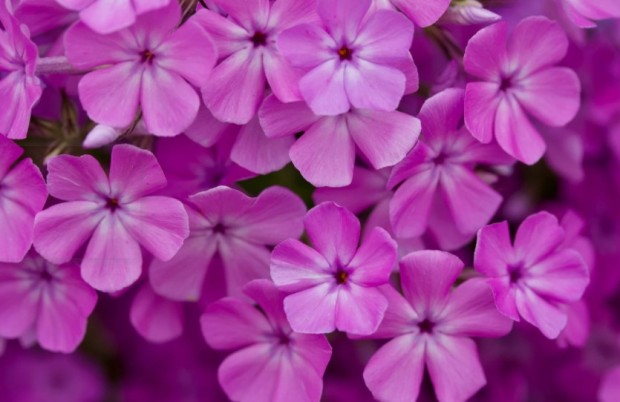
Flower of the Week:
Garden Phlox
A profusion of riotously-colored garden phloxes (Phlox paniculata) blooms lushly from summer through early fall, refreshing our hearts and minds with a gentle fragrance. You are likely to find hummingbirds and butterflies dancing among the flowers, as well as many beautiful birds, all lured by its nectar and refusing to leave the sea of blossoms, turning the garden into a fairyland. Bring garden phlox home and let these sweet-scented colorful fairies make your daily life dynamic and wonderful.

Garden phlox, a perennial herb, is originally from the Mideast US and eastern Canada, where people call it many local names, such as summer phlox, fall phlox, or perennial phlox. It likes warm habitats where sunlight is abundant with some shade. Its flowers bloom in clusters on conical inflorescences with five symmetrical lobes, looking exquisite and smelling fragrant, all making it an important ornamental flowering plant.
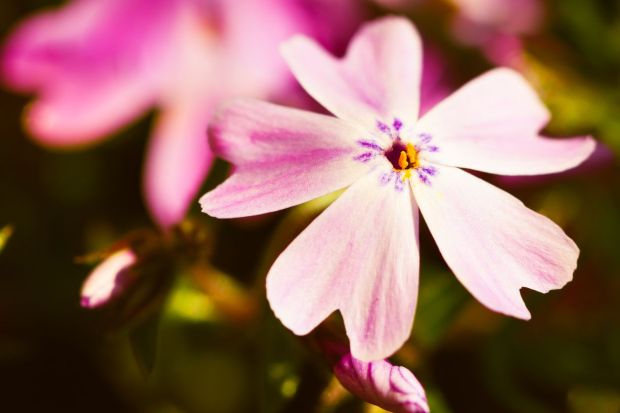
A Gardening Plant That Came Home With Flying Colors
In the early eighteenth century, Europeans first discovered garden phlox’s potential. Garden phloxes were first shipped from Virginia to Europe, gradually gaining popularity in the early nineteenth-century British and mid-nineteenth century French markets. Later, many improved varieties of this plant found their way back into the US market.

Garden phlox were briefly forgotten and left in obscurity from 1940 to 1980, but people rediscovered interest in it shortly after. Nowadays, thousands of differently shaped and richly colored varieties have been cultivated.

The Color Palette of Your Garden
Garden phlox blossoms in a rich assortment of colors, including elegant white, passionate red, delicate yellow, lively orange, gentle purple, and adorable pink, etc.
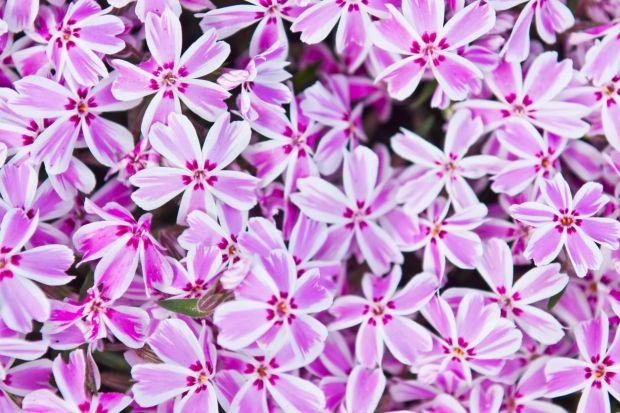
Horticulturists particularly prefer garden phlox, and have selected and cultivated many varieties for garden planting that boast a charming array of colors. Many such varieties have won the Royal Horticultural Society’s Award of Garden Merit, such as the white-and-purple alternately-colored Velvet Flame, the light-and-dark-pink confluently-colored Miss Pepper, and the uniquely lavender-ash-colored Grey Lady, among others.
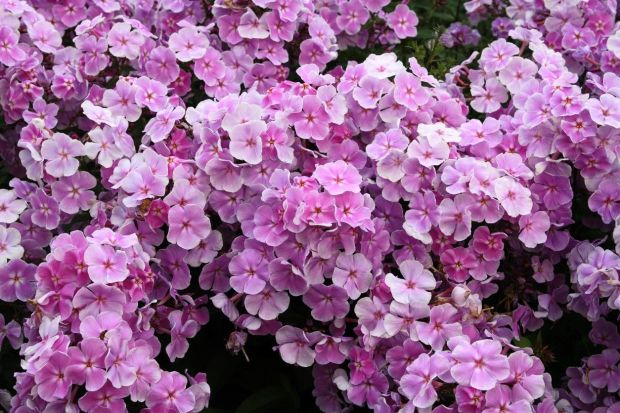
The varieties are not only vividly colored but also charismatically named. There are Peppermint Twist, with a pink and white color combination, Sherbet Cocktail, with delicate alternate pink and yellow colors, and Ending Blue, with graceful white-striped violet flowers. All of these dynamic-looking blossoms exude captivating scents that make you feel you’ve fallen into a sweet fairyland dream.
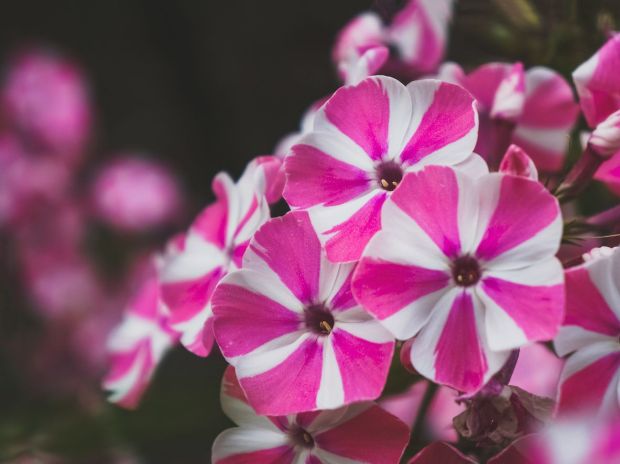
Garden Phlox in American Literature and Art
In 1916, famous American horticultural author Louise Beebe Wilder mentioned garden phlox in his first well-known book, My Garden. She wrote, “This plant is a native, and with true American perspicacity and enterprise has forged his way from magenta obscurity to the most prominent place in the floral world.”
American artist and naturalist Mary Vaux Walcott, known to the world through her watercolor paintings of wildflowers, is called the “Audubon of botany.” In 1934, she painted garden phlox, helping to popularize it. The collector of this original painting donated it to the Smithsonian American Art Museum in 1970, giving the public a chance to see this renowned art piece in person.
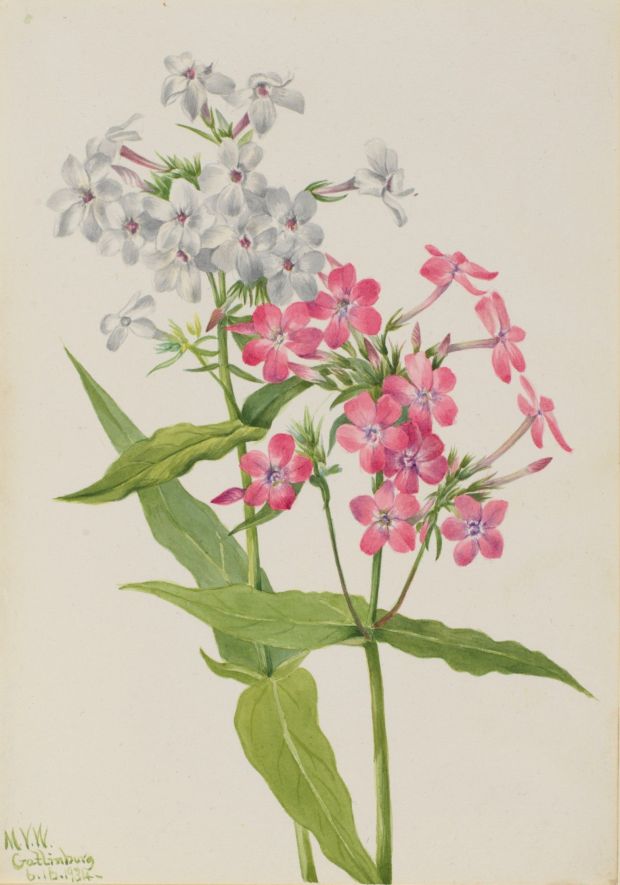
The Garden Phlox Mary Vaux Walcott painted.
You Should Check This Place Out
If you are interested in enjoying various garden phlox varieties, check out the Chicago Botanic Garden.
The Chicago Botanic Garden is a huge 385-acre botanic museum, consisting of 26 sub-gardens with interlaced scenes, encompassing multiple lakes, islands, and forests. From 2001 to 2009, Chicago Botanic Garden conducted a periodical observational experiment on 78 varieties of garden phlox, and you can still see these delicate fairies around on a summer or early fall walk through the Garden.

Can I Grow Garden Phlox Well?
Garden phlox is tenacious and strong. Provide its preferred temperature, soil, and water conditions, and with a little bit of care, you can enjoy its visual and olfactory double delight at home.
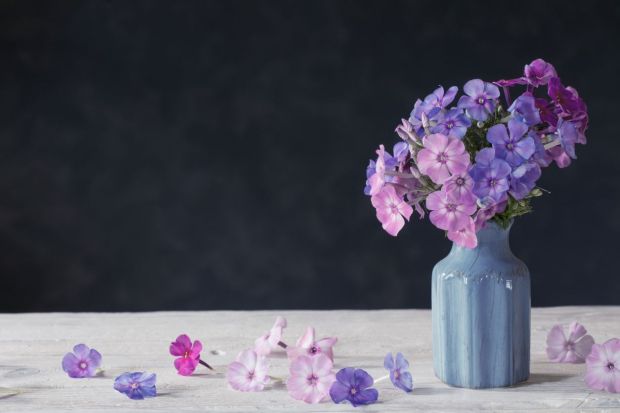
Garden phlox likes warm, moist, well-ventilated environments. It loves basking in ample sunlight but also needs some shade in hot summers. Being intolerant of heat and drought, it requires frequent watering. Don’t water it from the top-down, nor let the water stand. It’s best to use loose, fertile, neutral, or alkaline sandy loam with good drainage.

Prune off flowering sprays after buds sprout in the spring and after flowers are spent in the fall to promote more gorgeous blooming next year. Pay attention to prevent powdery mildew and root rot.
Size: Height up to 1.2 m
Hardiness: USDA Hardiness Zones 4-8
Light Duration: Full light to half shade
Soil: Loose, fertile, neutral or alkaline sandy loam with good drainage
Blooming Time: Summer to early fall


